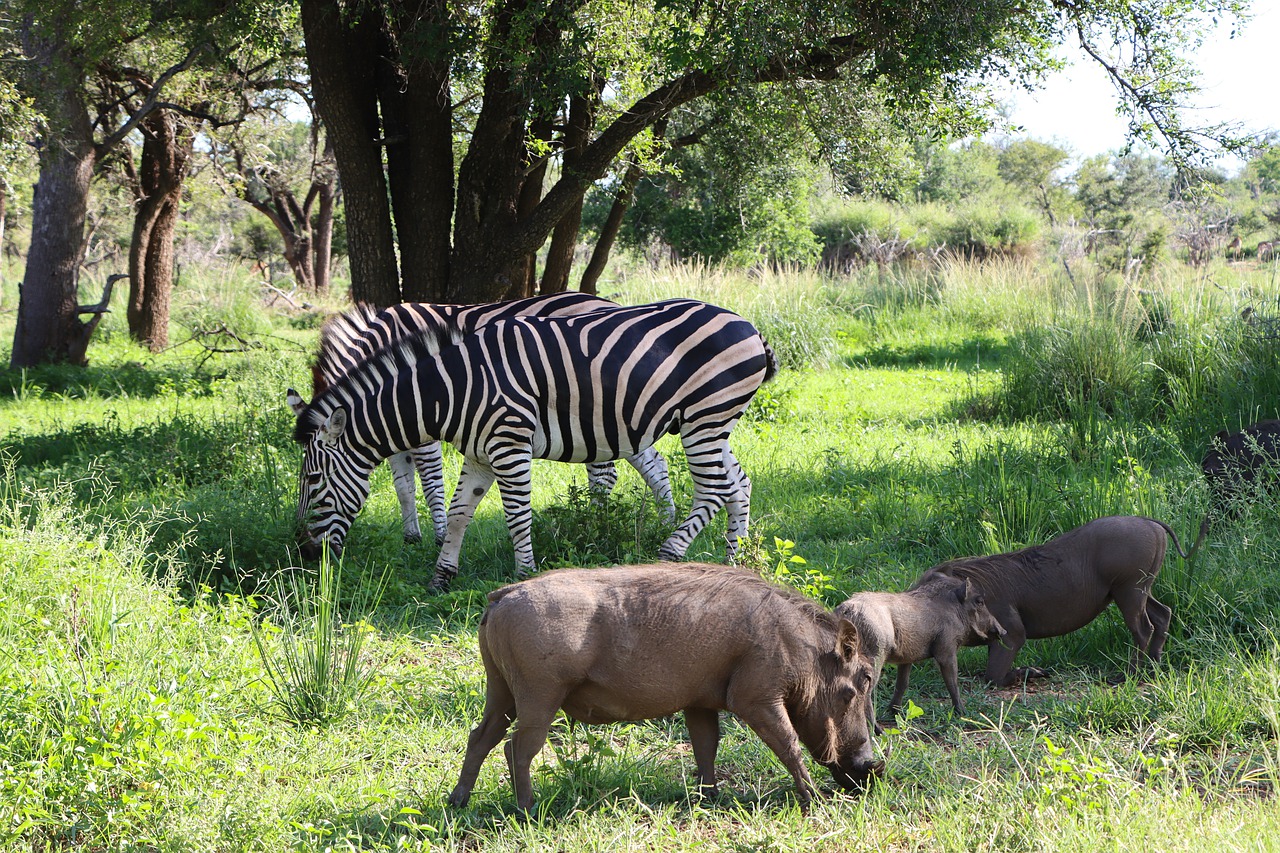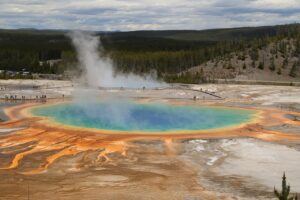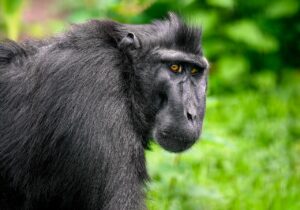Exploring Wildlife in Kruger National Park: A Comprehensive Travel Guide
Kruger National Park in South Africa is one of the most renowned wildlife sanctuaries in the world. Spanning nearly 20,000 square kilometers, it offers a rich diversity of flora and fauna, making it a dream destination for nature enthusiasts and safari adventurers alike. In this guide, we’ll delve into the park’s remarkable wildlife, the best times to visit, and essential tips for making the most of your Kruger National Park experience.
The Big Five and Beyond
One of the main draws of Kruger National Park is the opportunity to see the Big Five: lions, leopards, elephants, rhinos, and buffaloes. These iconic animals are a highlight for many visitors, symbolizing the ultimate African safari experience. Kruger’s vast landscapes provide an excellent habitat for these creatures, making sightings relatively common, especially with the help of experienced guides.
In addition to the Big Five, Kruger is home to a myriad of other wildlife species. Giraffes gracefully roam the savannah, hippos wallow in the park’s many rivers, and cheetahs sprint across open plains. Birdwatchers will be thrilled with the over 500 bird species that call Kruger home, from the majestic African fish eagle to the colorful lilac-breasted roller.
Best Time to Visit
The best time to visit Kruger National Park largely depends on what you want to see and experience. The dry winter months (May to September) are ideal for game viewing. During this period, the vegetation is sparse, making it easier to spot animals, and many species congregate around water sources. The weather is also milder, which is more comfortable for exploring the park.
The wet summer months (October to April) bring lush landscapes and an abundance of newborn animals. Birdwatching is particularly rewarding during this time, as migratory birds arrive in droves. However, the dense vegetation can make wildlife spotting more challenging, and the higher temperatures can be intense.
Safari Options
Kruger National Park offers a variety of safari options to suit different preferences and budgets. Self-drive safaris are popular, providing the freedom to explore at your own pace. The park’s well-maintained roads and numerous rest camps make it accessible even for first-time visitors. Be sure to follow park regulations and stay inside your vehicle unless in designated areas.
For a more immersive experience, guided game drives are available. These are led by knowledgeable rangers who can provide insights into the park’s ecosystems and increase your chances of spotting elusive animals. Guided walks are another exciting option, offering a closer look at the park’s smaller flora and fauna, as well as the opportunity to learn about the ecosystem from a different perspective.
Luxury travelers might prefer private reserves adjacent to Kruger, such as Sabi Sand or Timbavati. These reserves offer exclusive lodges, personalized game drives, and the chance to see wildlife in a more intimate setting. Night drives and bush walks are additional perks in these private reserves, providing unique opportunities to observe nocturnal animals.
Accommodation and Amenities
Kruger National Park caters to a wide range of accommodation preferences, from basic camping sites to luxury lodges. The park’s rest camps are well-equipped with amenities such as shops, restaurants, and fuel stations, ensuring a comfortable stay even in the wilderness. Popular rest camps include Skukuza, Satara, and Lower Sabie, each offering unique landscapes and wildlife viewing opportunities.
For a more exclusive experience, consider staying at one of the private lodges within the park. These lodges offer all-inclusive packages, including meals, game drives, and often a higher level of comfort and service.
Essential Travel Tips
- Plan Ahead: Kruger National Park is a popular destination, so booking accommodation and guided tours in advance is essential, especially during peak seasons.
- Pack Wisely: Bring appropriate clothing for both warm days and cool nights, comfortable walking shoes, sunscreen, insect repellent, and binoculars for wildlife viewing.
- Respect the Wildlife: Maintain a safe distance from animals, do not feed them, and adhere to park rules to ensure both your safety and the wellbeing of the wildlife.
- Stay Informed: Attend the informative talks and walks offered by the park’s rangers to enhance your understanding of the ecosystem and its inhabitants.
Conclusion
Kruger National Park is a premier destination for wildlife enthusiasts, offering an unparalleled safari experience with its diverse array of animals and stunning landscapes. Whether you’re a seasoned traveler or embarking on your first safari, Kruger promises unforgettable encounters with nature. By planning ahead and respecting the natural environment, you’ll contribute to the conservation of this precious sanctuary while enjoying the adventure of a lifetime.






